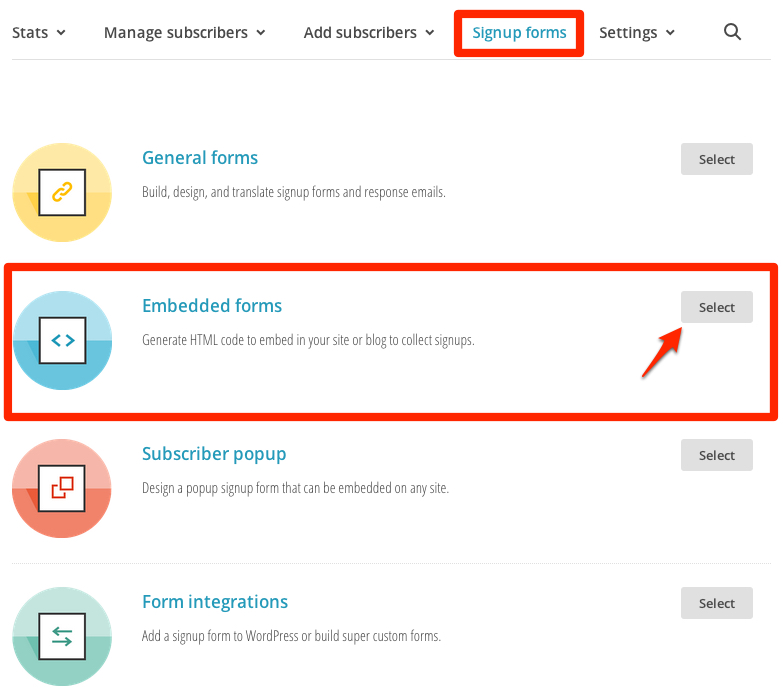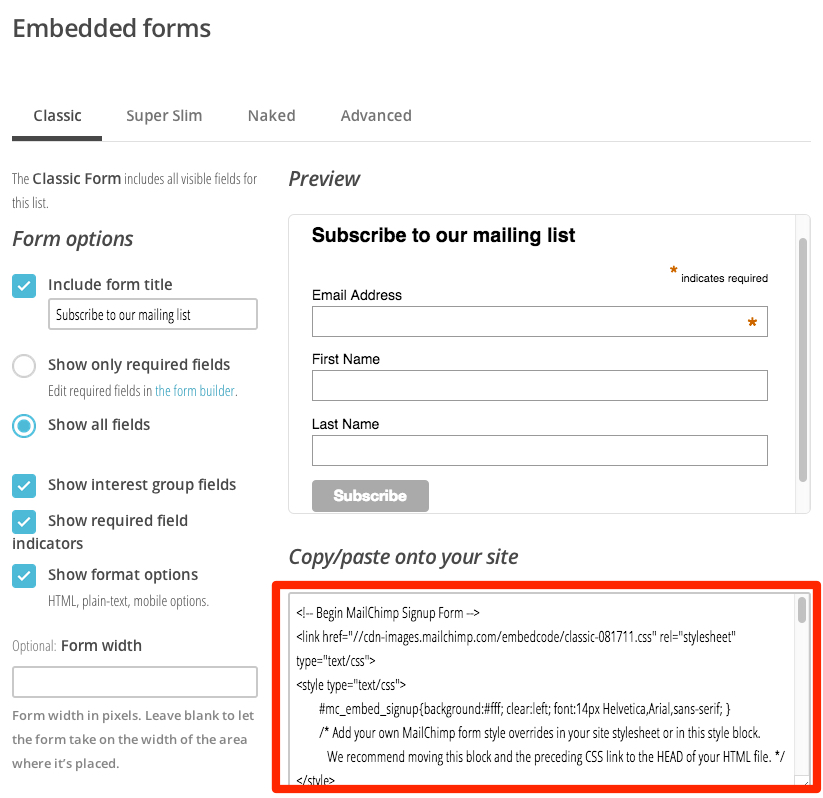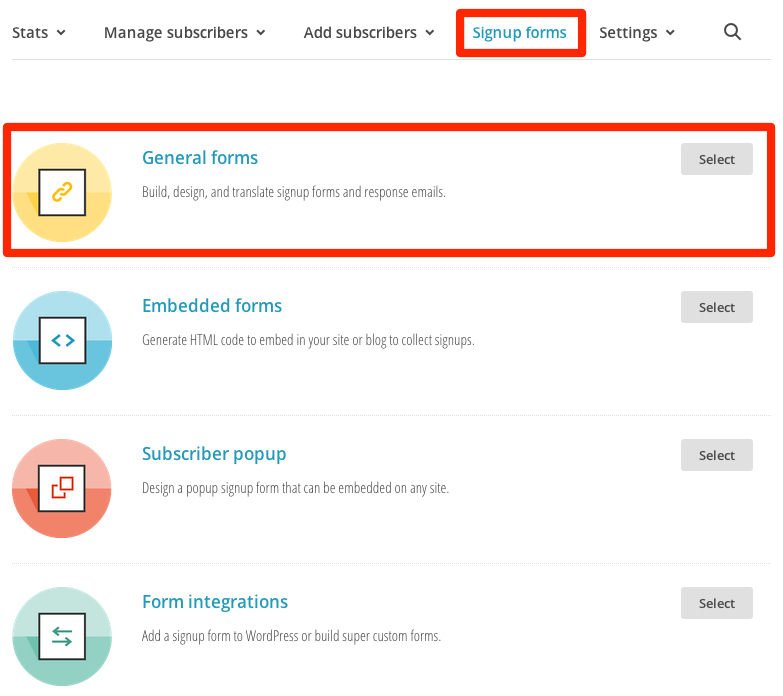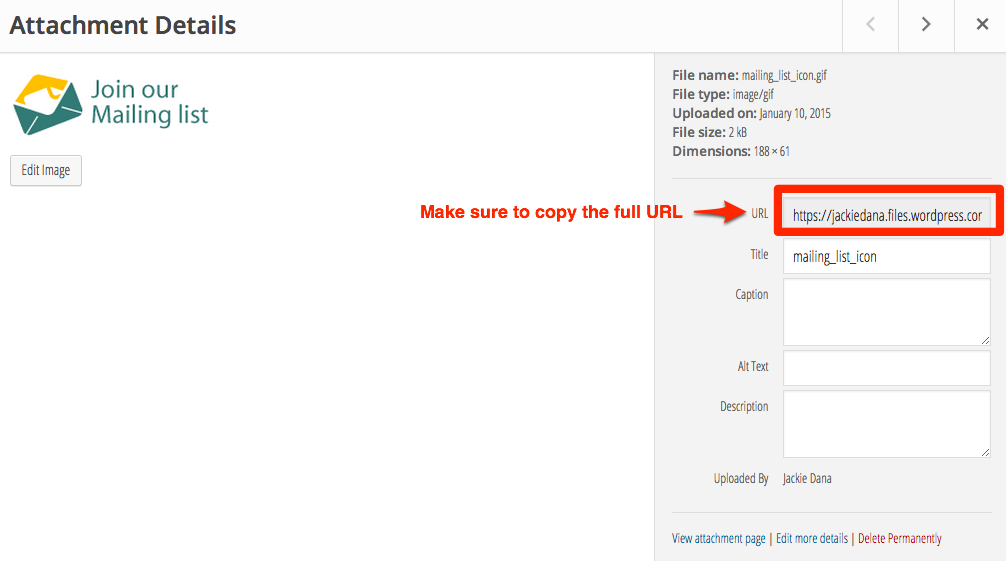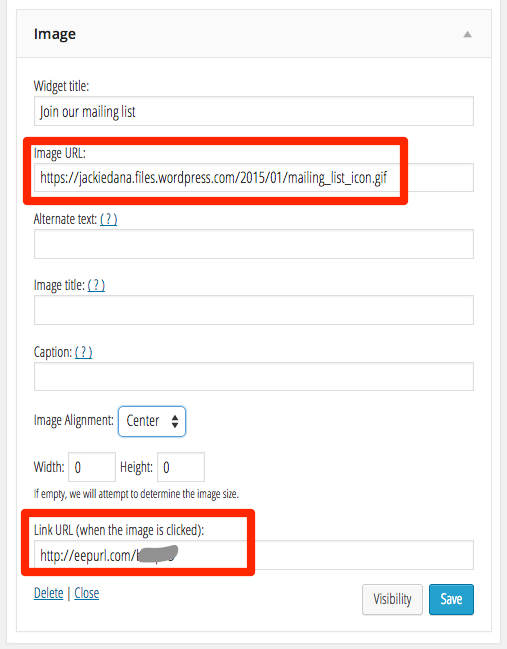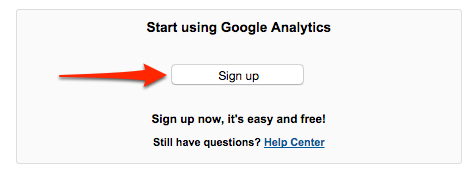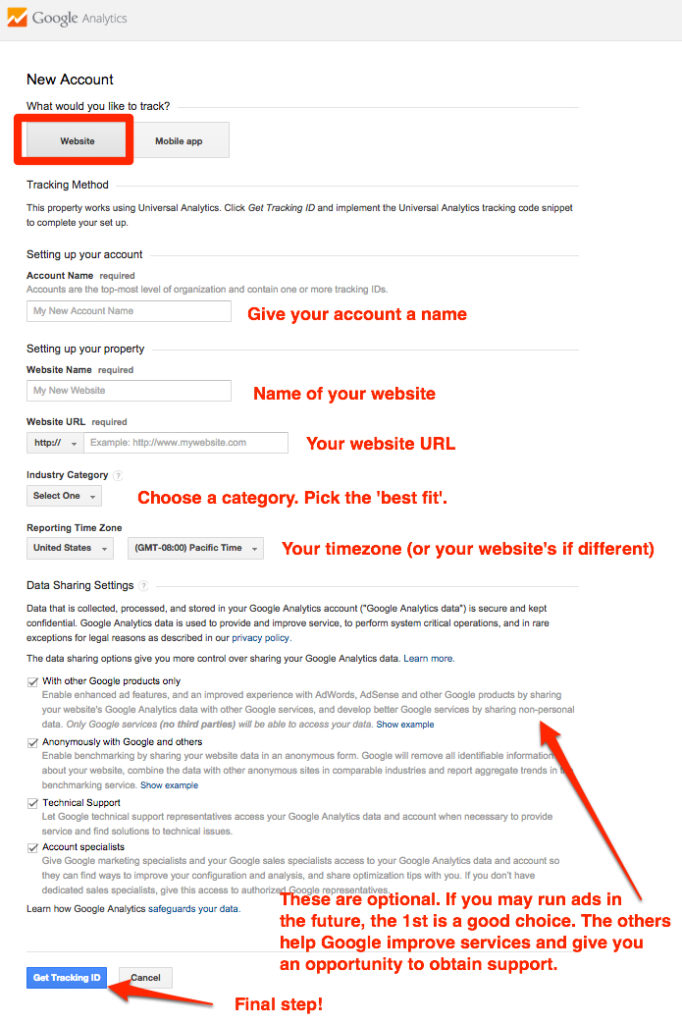If you’re a musician on tour, an author with a new book release, or a non-profit with a fundraising campaign, mailing lists allow you to create digital newsletters that you can send out to customers, clients or fans. Newsletters and other mailing lists can be a great way to build regular traffic to your website, create brand loyalty, and earn money.
The service MailChimp offers a popular and inexpensive way to build full-featured newsletters. MailChimp provides a lot of design options and keeps track of how well your email campaigns are doing.
In this post I will explain several different options for integrating a MailChimp signup form on your WordPress website to immediately capture email information from your site visitors. Below you will find tips will work for sites hosted on WordPress.com as well as sites hosted on other providers.
How to add a MailChimp signup form on a self-hosted WordPress site
Generally speaking, to add MailChimp to a WordPress site, you can do it one of two ways. The first way to do it is to create your form in MailChimp and then use the code provided by MailChimp. You can find that under the list name. Navigate to Signup Forms and then to Embedded Forms, as shown below:
From there, you can create a form that includes the fields you want, and then capture the embed code:
You can paste that code into a Text Widget or in the Text view on a post or a page.
Using a MailChimp Plugin
Alternately, you can install a MailChimp plugin and create your signup box there. On this site, at least at the time of writing I’m using MailChimp for WordPress. This plugin requires you to create an API code on MailChimp that you need to enter into the plugin settings page. That will allow your mailing lists to show up within the plugin so you can create your subscription box and then enter a shortcode (a brief code enclosed in brackets [ ] ) into a Text Widget.
MailChimp on WordPress.com sites
When your site is hosted on WordPress.com rather than a separate hosting provider, you cannot upload plugins, and you cannot use any embed codes, making both of the previous processes impossible. However, there is a pretty easy workaround.
First, create your MailChimp list just like you would any other list. From there, go to your list and then to Signup Forms, but choose General Forms this time:
Create your form as you wish it to appear. You will need the Signup form URL:
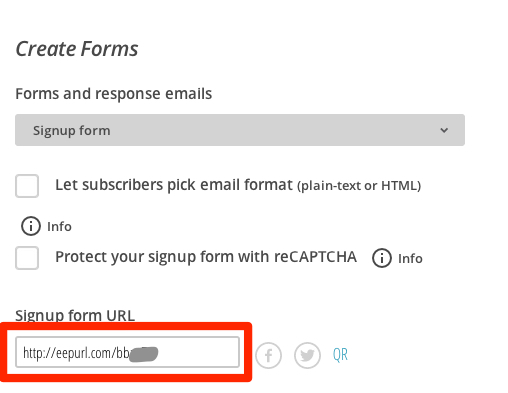
Find a good mailing list icon (I tried a Google Image Search for “mailing list icon” and found a number of them) or make your own. Go to your WordPress.com site and upload it to your site’s Media Library like any other image. Click on the image in your Media Library to open the Attachment Details page, and copy the URL from there:
On your WordPress.com site, go to Appearance > Widgets and create a new Image widget. Paste the URL from the media library, above, into the form for “Image URL”. Then copy the URL from MailChimp (the eepurl.com address, above) and paste it into “Link URL”. It should look something like this:
Once you’ve saved it, you will have a clickable button that will take users to a signup form for your MailChimp newsletter!

